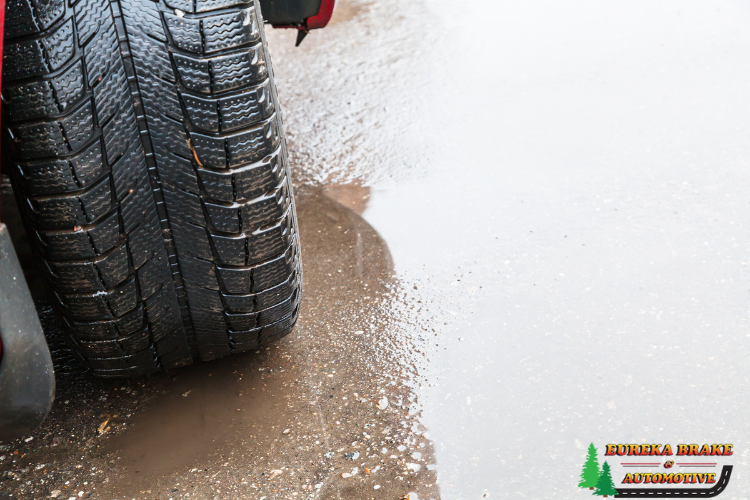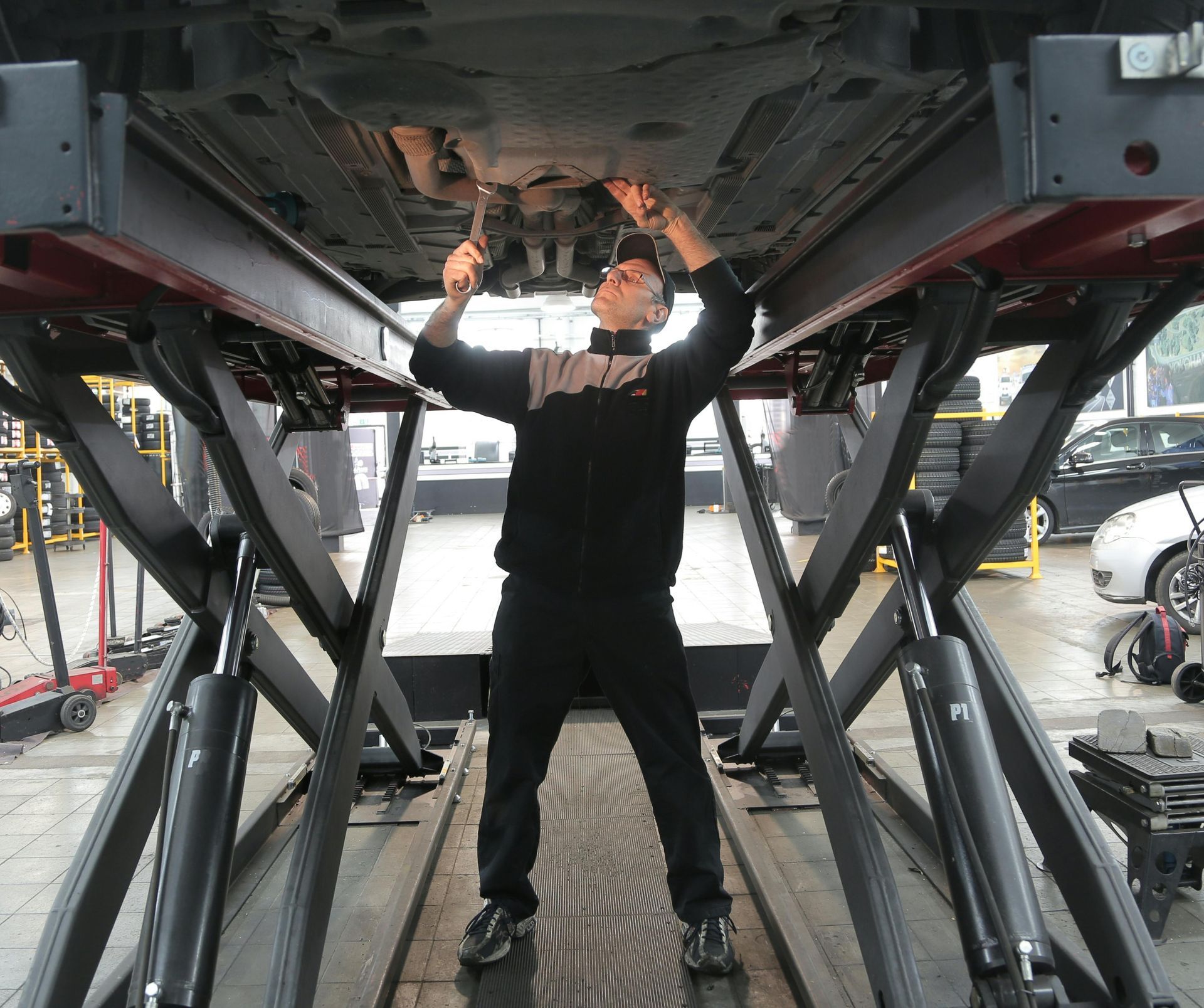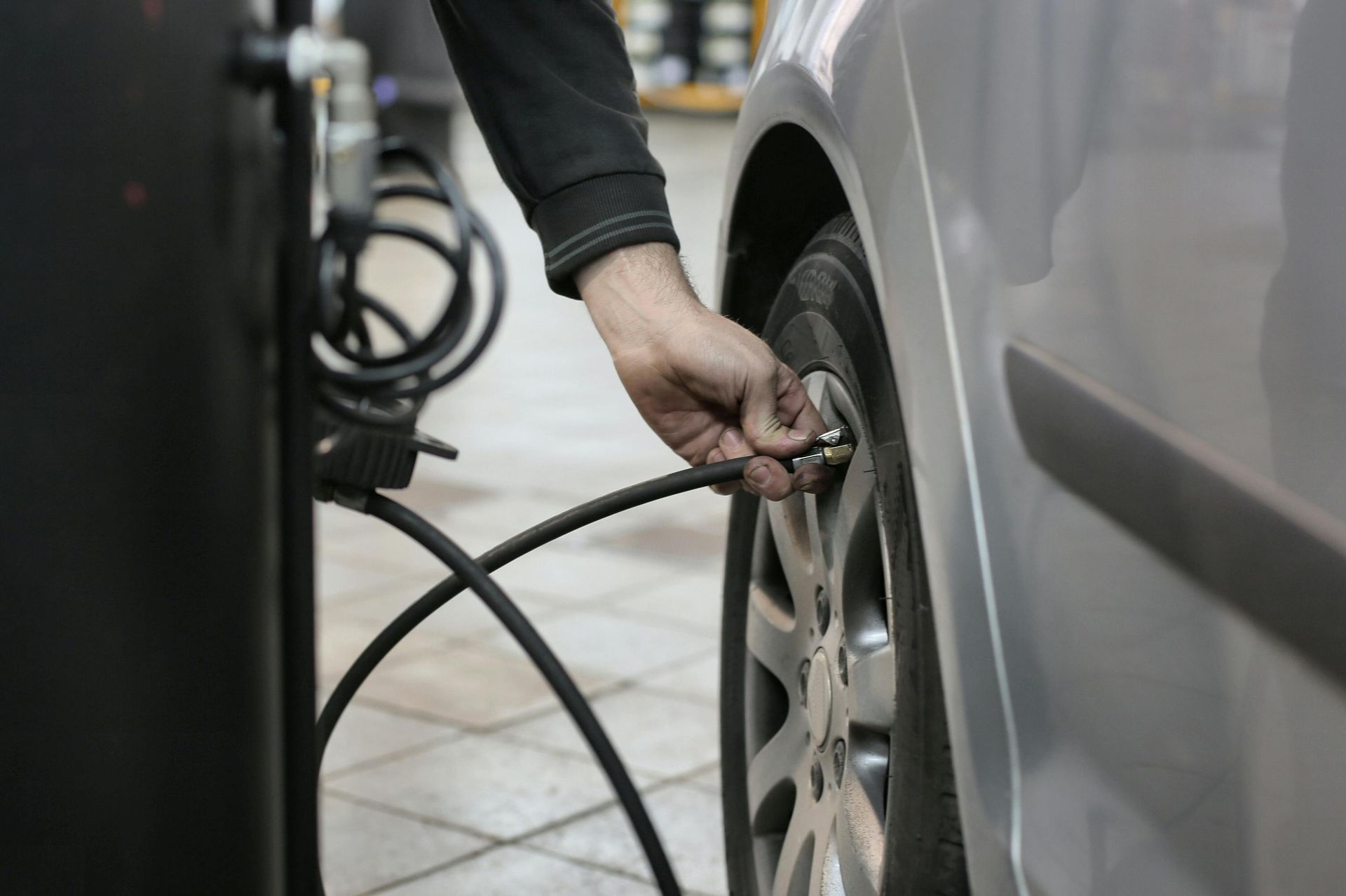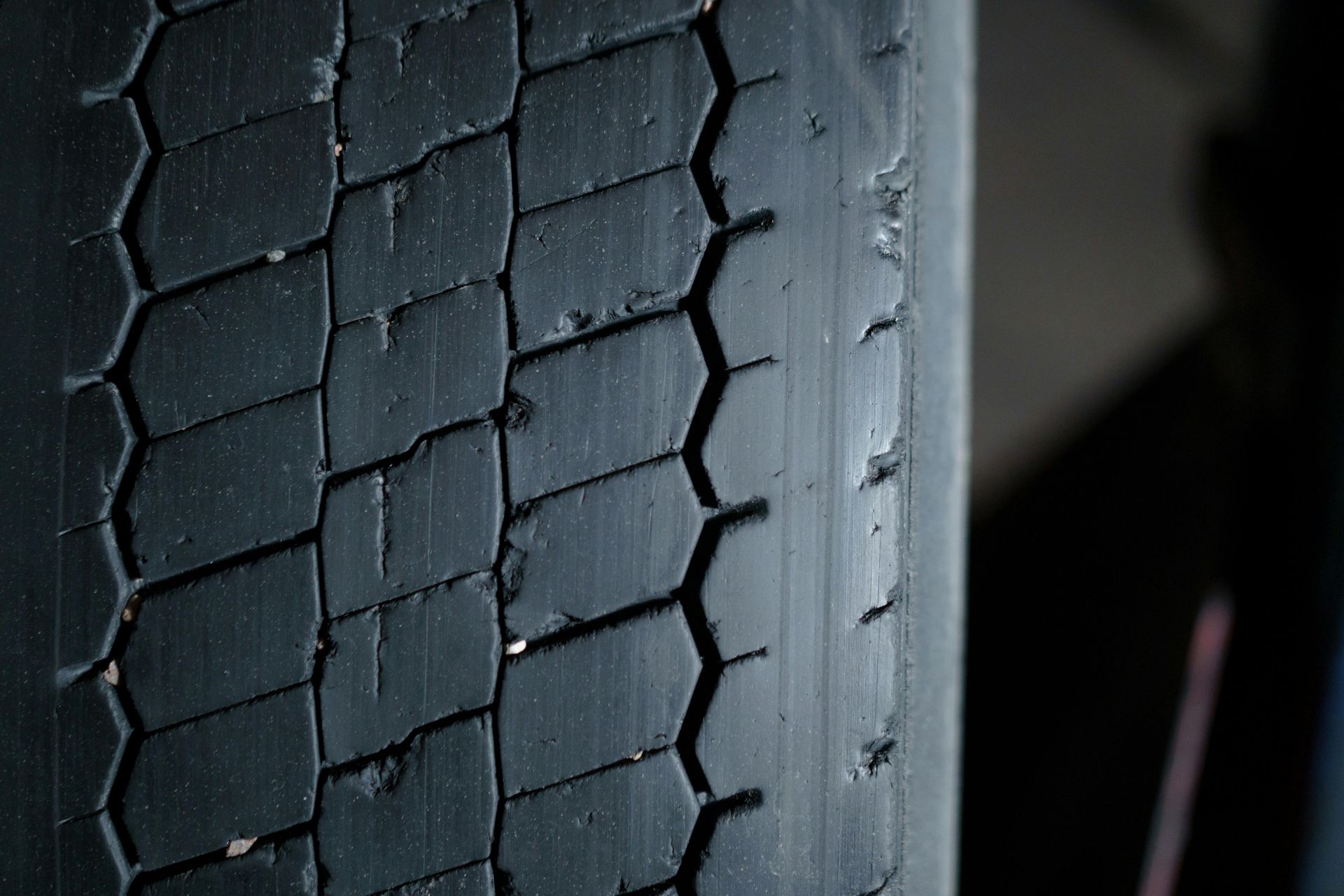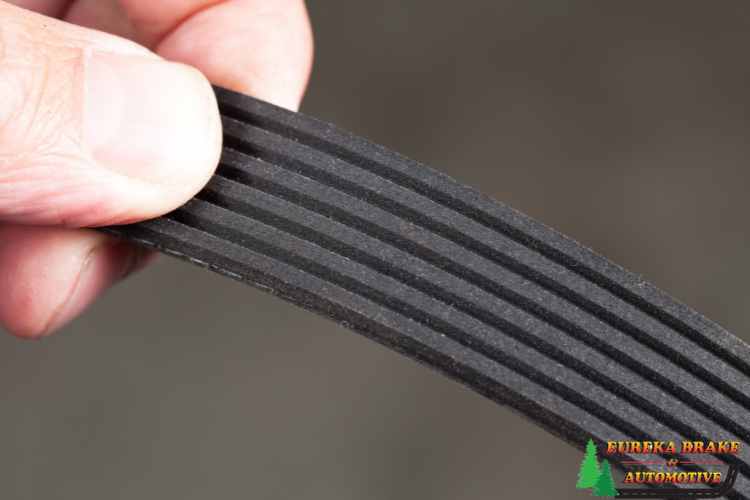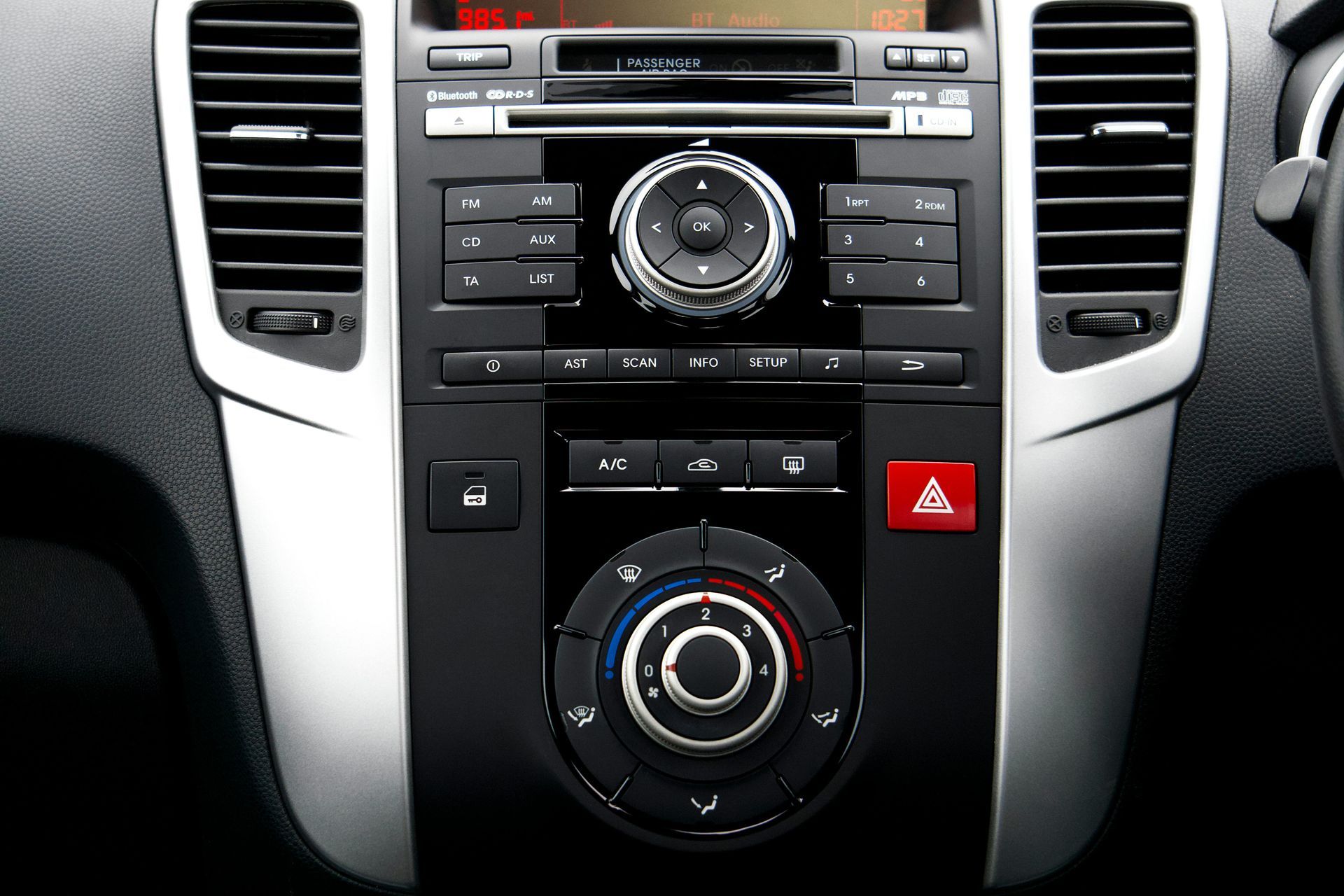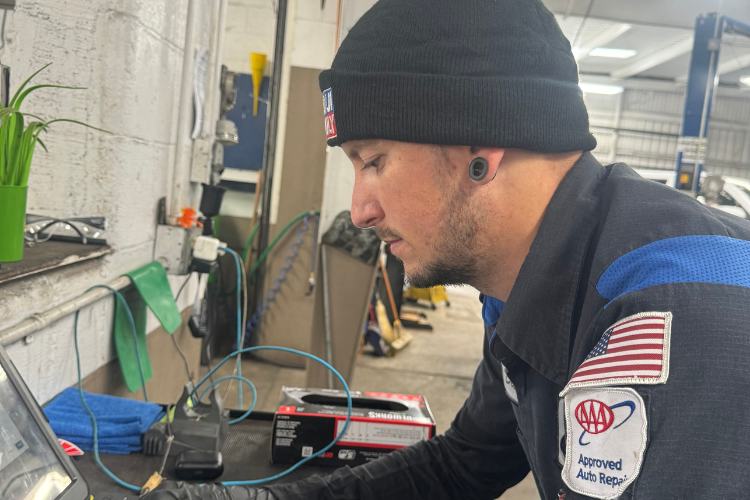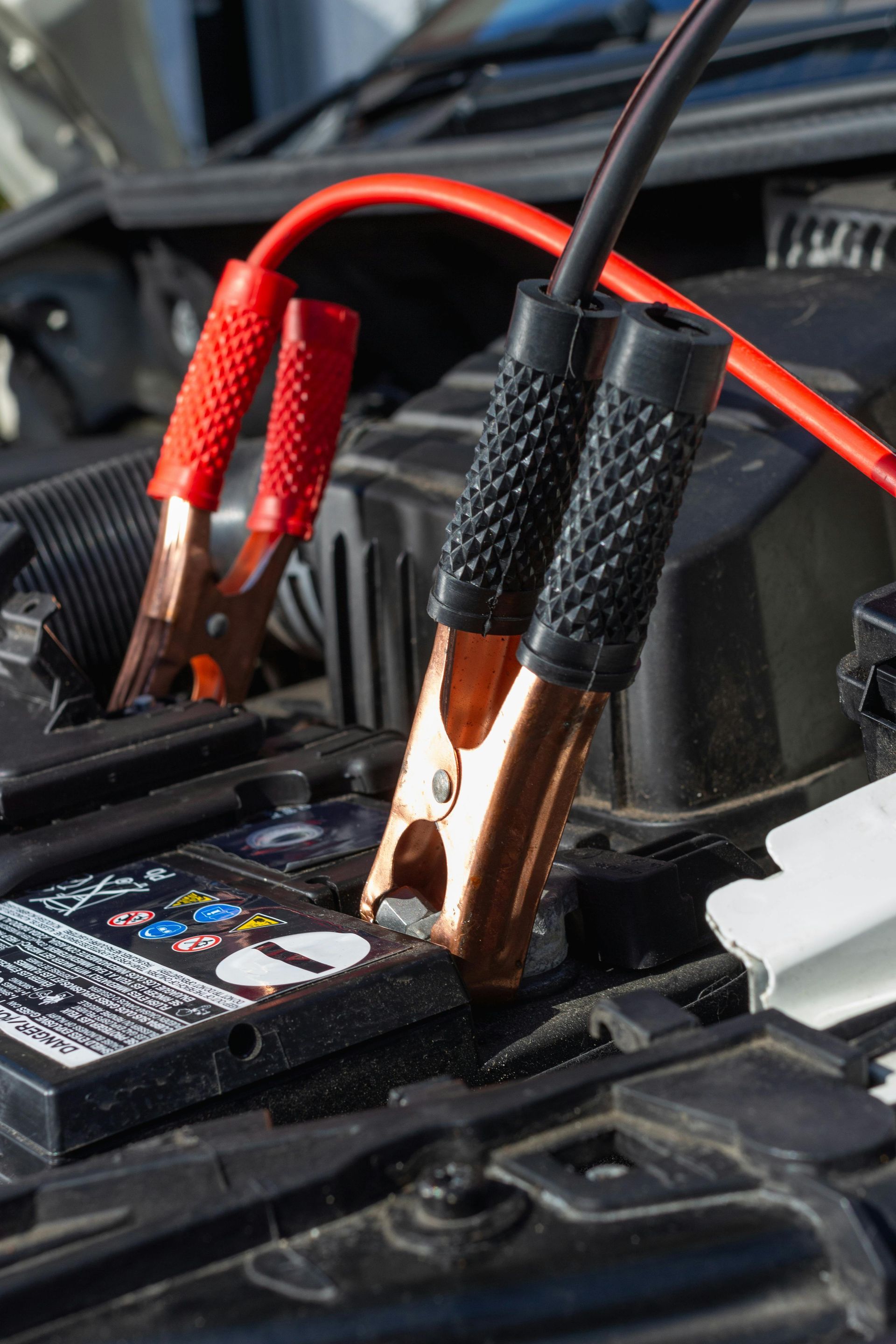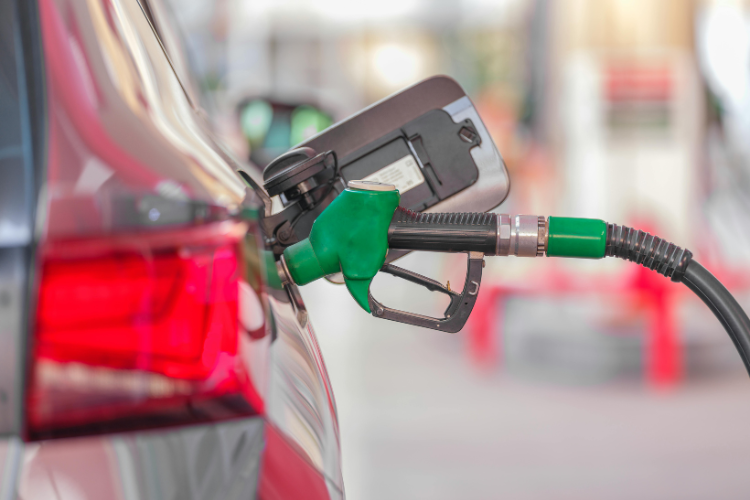At Eureka Brake & Automotive, we understand how crucial it is to stay safe on the road. One of the most important innovations in automotive safety is the Anti-lock Braking System (ABS). Whether you're cruising the highways or navigating city streets, ABS plays a key role in preventing accidents by helping you maintain control of your vehicle. But how exactly does this system work? Let’s break down the science behind it.
WHAT IS ABS?
Anti-lock brakes are a safety feature designed to prevent your wheels from locking up during heavy braking. In emergency situations, or when road conditions are slick or uneven, locking the wheels can cause your vehicle to skid, reducing your ability to steer. ABS solves this by modulating brake pressure to each wheel, allowing you to brake without losing control.
HOW DOES ABS WORK?
Here’s where science comes in! ABS is all about controlling friction and maximizing traction:
1. SENSORS MONITOR WHEEL SPEED- ABS uses speed sensors placed at each wheel to monitor how fast they’re turning. If one or more wheels suddenly slow down and start to lock up, the system detects this loss of traction instantly.
2. THE CONTROL MODULE TAKES ACTION-The ABS control module, often considered the brain of the system, processes the data from the wheel sensors. When it detects potential wheel lockup, it sends signals to the hydraulic valves in the braking system.
3. MODULATING BRAKE PRESSURE- Instead of applying full braking force, ABS rapidly pumps the brakes for you—often as fast as 15 times per second! This prevents the wheels from fully locking, allowing them to keep turning while slowing down. This controlled braking action gives you better steering control in critical moments.
4. WHY IT MATTERS: MAINTAINING CONTROL- Without ABS, hitting the brakes hard—especially in a panic stop—can lead to skidding or spinning out, particularly on slippery surfaces like wet roads or ice. ABS, by continuously adjusting the brake pressure, allows you to maintain steering control and avoid hazards. It’s not about stopping faster but about stopping safely while staying in control.
THE PHYSICS BEHIND ABS: FRICTION AND TRACTION
The magic of ABS lies in its ability to manipulate friction and traction. When your wheels lock up during braking, the tires slide along the road, reducing the **frictional force** between the tires and the pavement. This sliding friction is less effective than the **rolling friction** that occurs when the wheels continue to turn. ABS keeps your wheels turning, ensuring they maintain maximum traction with the road surface. The result? Better control, shorter stopping distances, and a reduced risk of accidents.
THE HISTORY OF ABS
While ABS is now standard in most vehicles, its origins trace back to the aviation industry. Engineers developed early versions of the system to prevent aircraft wheels from locking up during landing. In the 1970s, car manufacturers began adapting the technology for passenger vehicles, and by the 1980s, ABS became a game changer for automotive safety.
HOW TO KNOW IF YOUR ABS IS WORKING
When you start your vehicle, the ABS light on your dashboard should briefly light up and then turn off. This signals that the system is functioning correctly. If the light stays on, it’s a sign that there’s an issue with your ABS, and you should bring your vehicle in for a checkup. At Eureka Brake & Automotive, our team of professionals is equipped to diagnose and repair any ABS issues to ensure your safety.
WHY YOU CAN TRUST ABS—AND EUREKA BRAKE & AUTOMOTIVE
Anti-lock brakes are more than just a standard feature—they’re a vital part of keeping you and your loved ones safe on the road. The science behind ABS is all about enhancing control, maximizing safety, and giving you peace of mind in any driving situation.
At Eureka Brake & Automotive, we’re committed to keeping your vehicle in top condition. Whether you need an ABS diagnostic, brake service, or general maintenance, our experts are here to help. Stay safe, stay confident, and let us keep you rolling smoothly.
Is your ABS light on? Don’t wait! Schedule online or call us now at 707-443-2122!
*Stay connected with us on social media for updates, tips, and special offers throughout the year. We love hearing from you and are always here to help with any automotive questions or
needs you might have.
